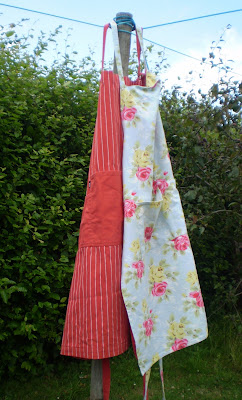
However, I am digressing, as usual. I will try not to. Pollyanna is an orphaned clergyman’s daughter, but with (heartbreaking) prescience her dear, departed papa taught her the glad game before he died, and as Pollyanna tells us, ‘the game was to just find something about everything to be glad about – no matter what ‘twas.’ And Pollyanna manages to find something to be glad about, however dreadful the situation: she is heartbreaking and hilarious at one and the same time.

So taking a lesson from Pollyanna I decided to look once again at my rather jaded, rather messy, late summer cottage garden, which looks like paradise on earth for the first two weeks in June, and then seems to slide downhill ever after. I always tell myself that all the flowers have gone by August – and yet, when I looked more closely, I found all sorts of beautiful blooms all around me. Maybe that mass of blowsy perfection has departed, but there are still many small pockets of exquisiteness. It is just a matter of taking the time to look and to find something to be glad about.

So in the spirit of the glad game, here are some glads for you – I have always told myself that I don’t like gladioli. There is the name, for a start, rather ugly, and hinting at pretentiousness. And I always have an image of stiff blooms in harsh colours. Yet these gladioli counter all my irrational prejudices: the colours are so pretty, ice-creamlike in their pinkness. A couple of stems bunched together with purple lavender make a lovely present for a hostess (and you know how much I like presents!). And these are bonus glads – Princess Bunchy planted the corms last year, having bought them from a pick and mix display in the nursery. They flowered last year, and have come up again this year, in spite of a regime of benign neglect.

Like Ophelia, I come larded with sweet flowers and can list my blooms for you, but I can quite sensibly tell you that they are all very pretty and so easy (and cheap) to grow.

And the fact that they are flowering so well now is a function of my lackadaisicalness – I was far too preoccupied with my vegetables in early spring, so I didn’t sow the cornflowers and love-in-the-mist until quite late, and I put them directly into the soil.

The marigolds and nicotiana were sown in trays and potted on, but again I did not get round to planting them out until they were quite large and pot-bound – but it does not seem to have troubled them too much. Nicotiana flowers open towards the end of the day, and their scent is sweet and strong at night - plant them near where you sit in the evening, or under a window, so that you don't miss out on their ethereal nocturnal beauty. They shine out so whitely in the dark, and look so luminous.

And if I’m not too enthusiastic with my weeding over the winter and spring the marigolds will most certainly reseed themselves all over the garden, and save me some work next year.

The clarkia was sown into a tray and was then forgotten about behind the polytunnel – by the time that I planted it out it was half-dead from lack of water, but clarkia is such a toughie it has recovered completely and now stands pink and robust as you can see.

The feverfew started from one plant many years ago, and has been travelling round and round the garden since. If you make sandwiches from the leaves, it will apparently cure migraine - but I am not sure if any old feverfew will do. I think medical advice would be advisable on that one!

I am not sure of the name of the pink one, possibly soapwort, but this was originally a little slip from my grandmother’s garden. It spreads invasively by runners and I curse it every spring, and forgive it every August.

The sea holly was a plant that I bought rather than grew from seed, but this is a longlasting late-summer charmer, too – I love its sculptural quality, and it provides a good framework plant in flower arrangements.

And to make a good end, my wonderful lavender is still going strong, and keeping my friends the bees very busy. So there are more than glads to be glad about, and I hope you have plenty of gladness in your garden, too.






































